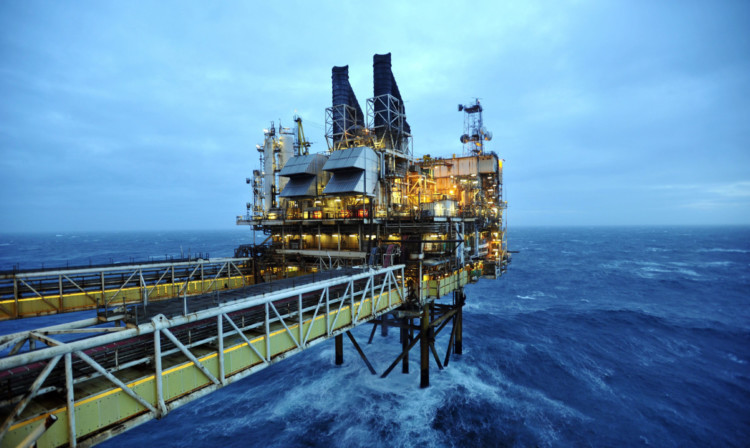It has been threatening to run out for the last 10 years, that’s all we ever hear, it’s hilarious. Sipping a beer and enjoying the 23-degree sunshine on Saturday afternoon in the heart of the pristine old town of Oslo, it was plain to see the “curse of oil” was having a devastating impact.
Catching up with an old university friend who works for Norwegian multinational Statoil, we had a right good chuckle at the similarity of headlines that dominate the public and political agendas in our countries.
“It’s running out”; “it’s too expensive to extract”; or that old chestnut, “it’s far too volatile”.
Indeed, it is such a burden that Statoil announced it is investing in the massive Johan Sverdrup oil field, the country’s largest industrial project in decades.
With a price tag of close to $20 billion for the initial development phase and resources of up to 2.9 billion barrels of oil, Sverdrup is expected to generate thousands of jobs and large revenues for the Nordic nation.
The extraction of hydrocarbons is not without problems as seen by the Greenpeace protests outside Statoil HQ last week but in terms of jobs and investment, the news in Norway and Scotland is pretty fantastic.
Despite the Chancellor’s recent tax raid on the oil industry, record investment is going into Scotland’s North Sea industry too.
The industry body, Oil and Gas UK, reports that investment in the North Sea reached £14.4 billion in 2013, more than double the level observed in 2010. The majority of capital investment (83%) is estimated to have taken place in Scottish waters.
Numbers not to be sniffed at.
To gain some perspective, Scotland is thought to have up to 24 billion barrels left, which could mean we’re only half way through the financial benefit of our oil and gas wealth.
And yes it’s more expensive to get out but with new developments coming on-stream, and improved production efficiency at existing facilities, the industry expects production in the North Sea to increase in the coming years.
Oil and Gas UK’s central forecast is for production to increase by approximately 14% between 2013 and 2018.
Wait, that can’t be right, it’s running out isn’t it?
However, there is a crucial difference between Norway and Scotland, and it’s not just the ridiculously good looking population or price of beer.
Norway just celebrated the 200th anniversary of the Norwegian constitution, which paved the way for self-government and eventual independence for Norway in 1905. Taking a quick look at their balance sheet it’s self-evident they have made their assets work for the people of Norway. And funnily enough, it was a Scot behind their constitution: Wilhelm Christie, whose family came from Montrose.
Travelling to the beautiful Verdens Ende, known as ‘World’s End,’ along the east coast of the Oslofjorden, I must have driven through at least six tunnels making it simple to travel across the islands. Tunnels and infrastructure investment all likely propped up by the whopping £450bn oil rainy day fund that is now so big the debate revolves around what to do with it.
I was struck by how similar the islands around the Oslofjorden looked to the Outer Hebrides of Scotland, but in contrast historically overlooked in terms of infrastructure and connectivity. And totally remote to the economic centre of London. From Leverburgh on Isle of Harris to London it is 677 miles and not exactly an easy commute.
We have an opportunity to do things differently.
The beauty of independence is that we can make our natural resources work for us from day one, with the opportunity to start an oil savings fund from the point of independence.
We are the largest oil producer and the second largest gas producer in the EU after all, so it would be silly not to, wouldn’t it?
And, of course, Scotland is not a one trick pony. There’s so much more to Scotland’s economy than just our oil and gas with renewables, world-leading universities, life sciences, food and drink, the list goes on.
In these respects, we are even more fortunate than our friends across the North Sea.
Norway isn’t perfect, but looking around that country you can see how it has used its wealth and resources to benefit the people who live there. For Scotland, most of us are probably surprised to hear that we are wealthier per head than the rest of the UK, because it doesn’t feel it. That’s because we haven’t seen the full benefit in our society or economy and, also, because the Westminster system doesn’t share the wealth fairly. It’s a system that favours the few over the many. Enough is enough.
In September, we’ve got to decide whether we want Westminster to retain control of Scotland’s wealth and resources, and our purse strings. Or we can take control ourselves. And that means, like Norway, we can make sure our wealth delivers much, much more for the people living here.
